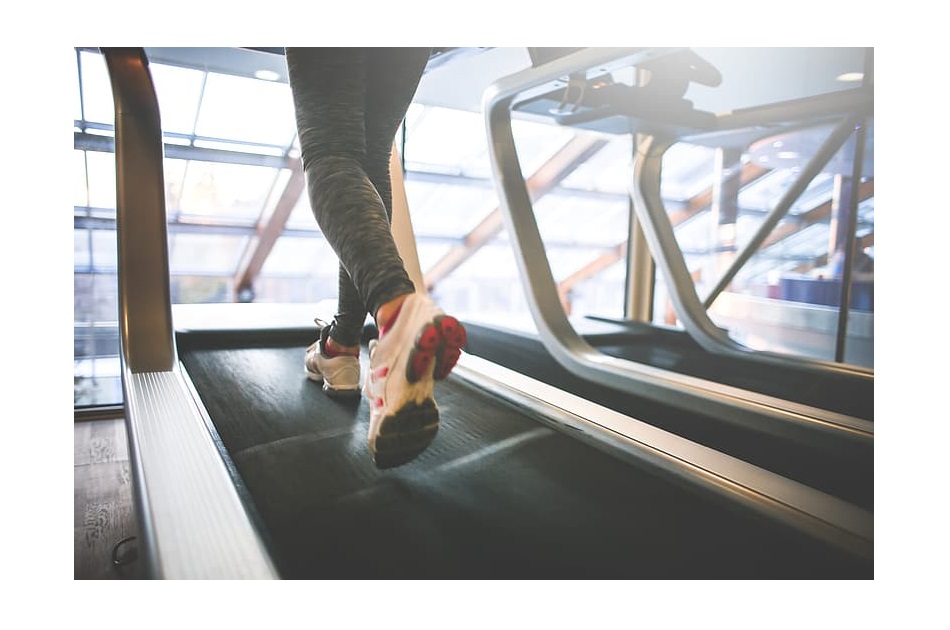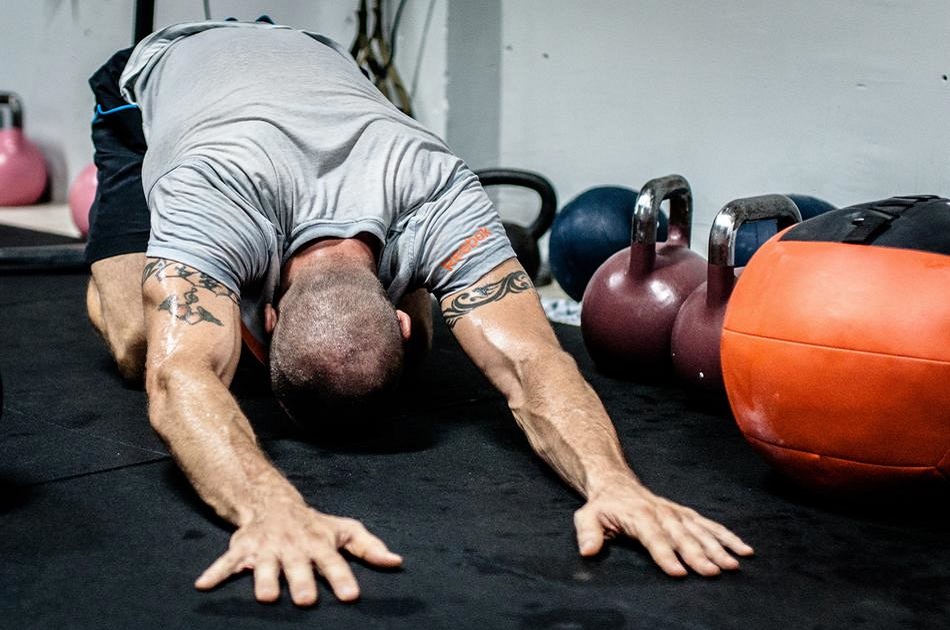A treadmill is incredible for working out, particularly for individuals who cannot go outside for walking or running. Running on a treadmill is not equivalent to running out and about, and people can harm themselves if they do not recognize the distinctions and ensure they are protected.
Like with any exercise that is consistent, there is a great danger of injury, and treadmill running is no special case. Knee pain is a physical issue for runners, whether you do it on a treadmill or outside the house.
How to Take Care of Your Knees When You Run on a Treadmill?

Keep your treadmill workout short. Ideally, keep it under 30 minutes to lower the effort and pressure on your knee joints caused by long periods. Run outside on leveled roads or paths when the weather permits.
The flexibility and control of an outside run will help balance out the continued flexibility required during a treadmill exercise. The American Academy of Orthopedic Surgeons suggests five minutes of warm-up practices like jumping jacks or sit-ups to securely prepare your muscles before running.
Make sure to stretch again after you are done to help with knee adaptability. Pause or stop the exercise when you feel exhaustion or knee pain. Listen to your body and do not go all harsh on it for faster results and weight loss. Do not start and stop suddenly while running to avoid shock injuries. If necessary ask for medical advice.
Learn How the Treadmill Impacts Knees
The knees are an unpredictable set of joints and are susceptible to injury due to the weight they are supposed to support. High energy-demanding practices like running shift a lot of weight on your knees. The continual movement and strengthening exercises needed to keep up with speed on a treadmill put additional strain on your knees. After some time and with substantial use, this can build the danger of stress wounds to the knees.
Try Walking First Instead of Running
There are things that badly affect your running routine. However, a few changes might help you with it. As a result, you can have a pleasant and safe treadmill exercise that does not ruin your lower body.
A brilliant method to prepare your step is to go at a slow and controllable speed. The heel-to-toes strike can be well-managed if you start with walking first. Walking first lets you have a firm hold on your steps and helps you maintain the balance and speed that you will be needing.
This is a lot more beneficial for your knees (as they are in a mechanical movement as well). You can step by step comprehend what it is going to be like for you. You would then be able to reciprocate it as you increase your speed.
When the strike pattern is initiated by the rear foot, it allows the power to traverse through the lower leg to the knee and, finally, into the hip. Therefore, the power is equally shifted to the other joints as well, resulting in an equilibrium position.
Focus On Good Posture
Having great posture is a necessity for a good running form and appropriate muscle molding. It is significant for the body to be in a characteristic position, and the knee joints should not be overextended or more in use than they should be. A 2% small incline enables the treadmill to mirror walking tracks. Having the treadmill set on a very straight level setting is not good for the feet or legs.
Running on a treadmill with no inclination makes the exerciser run with their knees very straight, as opposed to normal slant or twist. This movement can cause pain and muscle strain in the knees, patellar tendon, and also shin splints. The knees are not able to maintain the posture and absorb shock appropriately when they are very straight. You should also use a treadmill that comes with no engine for a more characteristic running experience.
Inclining forward to hold the bar at the front of the equipment can lose an exerciser’s equalization. This regularly causes shocks and increases the chances of falling as the runner or walker starts picking up speed.
Do Not Over-exercise
When running, you might be tempted to increase your speed as soon as possible —yet that is one of the most terrible things you can do—particularly if your knee joint hurts when running. It requires some energy investment for the body to prepare for the exercise. Our tendons and ligaments improve more slowly than the muscles since they get less blood supply.
Regardless of whether your musculoskeletal system feels prepared to take on an even higher speed, it is better to maintain it where it is easier for your muscles and joints to relax without exhaustion. Make sure not to increase speed above 10% every week.
Preventative Stretching and Warm-up

Most runners disregard a warm-up. Also, others feel the urge to start with running to warm up. However, that can be quite detrimental.
Rather, work out a unique warm-up for 5-10 minutes to prevent knee problems. Do exercises like the knee-to-chest, inch worm, squats, flutter kicks, jumps, and high-knees. This will take your joints and muscles through a vast scope of movements. It increases the flexibility in your ligaments and tendons and warming up your joints so they are prepared to work appropriately.
Have Proper Running Shoes

Great-quality running shoes can be costly, yet they are a necessity for working out. Major things to recall when purchasing such shoes are:
The Fit
Shoes must fit appropriately to help avert injury to the feet.
Absorb Shock
Customary sneakers are not intended for such workouts. These shoes need to bear shock with the goal that the muscles and joints of the knees and feet retain less strain.
Not Worn Out
Shoes destroy rapidly and must be substituted after being worn for 300-500 miles.
Designed for Running
Shoes that are intended for running are lighter and steadier than customary sneakers. You may also consider special shoes if you have flat feet or they overpronate, meaning that your foot rolls inward when walking or running.
Significant Treadmill Features
Look out for treadmill belt cushioning for its shock-absorbing characteristics as appropriate padding can help secure your knee safety. When first using a treadmill, you might be inclined to have more control over your step, which can add to the weight on your knees.
Ensure that the running surface is sufficiently long and wide enough to oblige your normal running step to lessen the hazard of a knee injury. Keep in mind that you may feel like running at the front of the treadmill; this can cause disruptions in the frequency of your steps. Rather, run in the center so you can take regular steps.
Conclusion
Be cautious with knee issues, and if you have excruciating knee pain, see a physical therapist or a doctor and ask for medical advice. Professional football and soccer players will, in general, have knee substitutions when they get older. This shows that the runner’s knee can favor a limited amount of running. Consider exercises that have a low effect on your knees and alternate these with your running schedule.
While being on the treadmill, pay attention to your bodily needs. Do not over-stress yourself to see faster results. Be calm and slow throughout the entire exercising process. Do not settle for any treadmill; instead, pick the one that suits you. Try to alternate your routine with running outside to have better control over your movement.






![How Running Improves Your Overall Health [Physically, Mentally, and Emotionally]](https://funonfoot.com/wp-content/uploads/2023/01/How-Running-Improves-Your-Overall-Health-Physically-Mentally-and-Emotionally-110x80.png)


